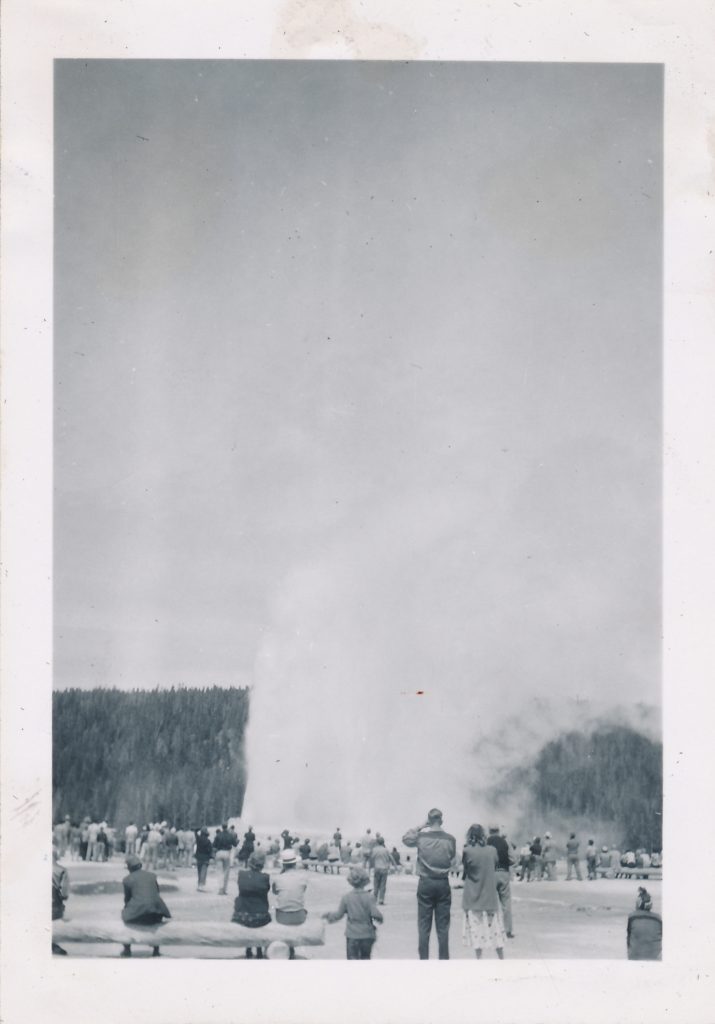Reliant on extraordinary vision and capable of busting even the most patient of hunters, the wild turkey — a curious, loudmouth bird — rings in the spring by making a fool of many who pursue it.
I am one of those fools.
Spring turkey is arguably one of the most exciting seasons of all North American game. The calling and answering, the bird’s intrinsic stubbornness and their knack for spotting anything out of the ordinary make turkey hunting both wonderfully lively and incredibly challenging. Marco Polo for camo-clad outdoorsmen and women.
There was a time, however, when their wily nature was outmatched only by the demands of the market.
Before its discovery by Columbus, North America, according to A.W. Schorger in The Wild Turkey: Its History and Domestication, supported a wild turkey population of more than 10 million birds. However, as the human population grew so did demand for the wild turkey, and unregulated market hunting carved deeply and unsustainably into the vast population. The combination of habitat destruction through logging and market hunting caused the wild turkey population to plummet: By 1940, the species was reduced to nearly 200,000 — a 98 percent decline.
As the human population grew so did demand for the wild turkey, and unregulated market hunting carved deeply and unsustainably into the vast population.
At the turn of the century, as the notion of conservation began to take root, calls for the restoration of the species — once suggested by Benjamin Franklin, instead of the bald eagle, to be the symbol of the United States — began to ring out. According to Don Thomas’ How Sportsmen Saved the World: The Unsung Conservation Efforts of Hunters and Anglers, these voices were largely those of hunters, noticing both the lack of game and inspired by the timely rhetoric of Theodore Roosevelt and Aldo Leopold.
In 1929, the Virginia Commission of Game and Inland Fisheries took action, raising 1,400 birds on game farms and releasing them into the Virginia wilderness. Although this effort was largely a failure as it resulted in no viable population, it led to a realization by conservationists of the serious work needing to be done. More comprehensive research was necessary, and understanding the species as well as the habitat critical for its survival was essential if any true progress was to be made. It seemed farm-raised stock was simply not equipped to survive beyond its pen.

Eventually, after a little creative thinking, restoration efforts started to gain momentum. In 1951, Herman Holbrook took a net cannon that had, until then, only been used to capture waterfowl and turned it on a wild turkey. According to the National Wild Turkey Federation’s Wild Turkey Population History and Overview, “By 1957, Holbrook had used the cannon net to capture 241 eastern wild turkeys.”
“These birds were released in eight major locations in South Carolina,” the report continues. “At least four of these releases resulted in successful reproduction, and South Carolina wild turkey populations were set on the road to recovery.”
Inspired by this success, other states began to apply the same methods, and the recovery of the wild turkey approached full steam.
Now is a good time to introduce the National Wild Turkey Federation (NWTF). Founded in 1973 by Tom Rogers, the nonprofit’s mission was and still is focused on “the conservation of the wild turkey and the preservation of North America’s hunting heritage.” The organization’s dedication to “science-based conservation and hunters’ rights” helped restore the wild turkey population from 1.3 million at the time of NWTF’s founding to, as of 2014, an estimated 6.2 million in 49 of the 50 states.
Understanding the species as well as the habitat critical for its survival was essential if any true progress was to be made.
A complete restoration, considering humans’ current footprint.
However, in 2016, NWTF set forth to preserve its efforts and those of the sportsmen and women who came before us by introducing “Save the Habitat. Save the Hunt.” This initiative has three goals: conserve or enhance 4 million acres of critical wildlife habitat, recruit 1.5 million hunters and open access to 500,000 additional acres for hunting.
The funny thing about wild turkeys is that they live where a great many of the other critters we so cherish live, thus conserving their habitat benefits a variety of other wildlife. The funny thing about conservation is that it is largely funded by hunters, who pay for 80 percent of these efforts through an excise tax on guns, ammunition and archery equipment. The funny thing about hunters is that they continue to lose access to public lands on which to hunt.
So to preserve the wild turkey, we must preserve the hunter.
This spring, if you decide to step out into the turkey woods, think not only about how much trouble we went through to save those rubber-necked, sneaky sons-a-bitches, but also how much more we saved in the process. And, remember, nothing is forever unless we make it so.





